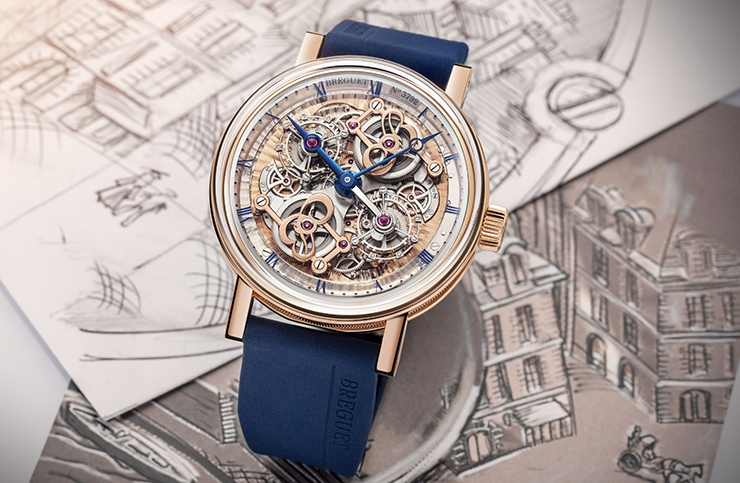
Abraham-Louis Breguet (10 January 1747 – 17 September 1823), born in Neuchâtel, Switzerland, is widely known as one of the most innovative watchmakers in history. His contributions to horology not only revolutionized timekeeping but also established him as a founding figure in the world of haute horlogerie. Breguet’s creations transcended their functional purpose, blending precision, technical ingenuity, and artistry in ways that still influence the watch industry today.
Breguet moved to Paris in his teens, where he was apprenticed under master watchmakers. In 1775, he opened his own workshop in the Île de la Cité. His early successes earned him the attention of the French aristocracy, and he quickly built a reputation for precision and craftsmanship. Among his most prominent patrons was Queen Marie Antoinette, who commissioned what would become one of the most famous timepieces in history—a watch that embodied all of Breguet’s groundbreaking inventions.
Over the course of his career, Breguet pioneered numerous innovations that transformed watchmaking. In 1780, he developed the first self-winding watch, known as the “perpétuelle.” This invention eliminated the need for manual winding, a revolutionary advancement for the time. He also created the Breguet overcoil, an improvement to the balance spring that enhanced the accuracy of mechanical watches.
Perhaps Breguet’s most famous contribution was the invention of the tourbillon in 1801, a mechanism designed to counteract the effects of gravity on a watch’s accuracy. This was particularly useful for pocket watches, which were often held in a vertical position. The tourbillon remains a hallmark of fine watchmaking to this day.
Breguet’s timepieces were not only marvels of engineering but also works of art. His designs emphasized elegance and simplicity, departing from the ornate styles that dominated the era. The Breguet hands, recognizable by their distinctive hollowed-out “moon” tip, and the guilloché dials are iconic features of his aesthetic, which continues to influence modern watch design.
By the early 19th century, Breguet’s reputation extended beyond Europe. He supplied watches to prominent figures, including Napoleon Bonaparte and Tsar Alexander I of Russia. His workshop became a global center of innovation, and Breguet was eventually appointed as the official watchmaker to the French Navy.
Abraham-Louis Breguet passed away in 1823, but his legacy endures. Today, Breguet watches are synonymous with precision, luxury, and timeless elegance, embodying the spirit of their creator—a man whose visionary work forever changed the art of timekeeping.
The post Abraham-Louis Breguet appeared first on The Fashiongton Post.
